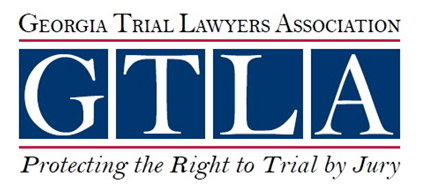Seat belts are part of the safety system designed to protect the occupants of a vehicle in the event of an auto accident and should be worn properly at all times while the vehicle is in operation. Properly designed and manufactured seat belts can save those wearing them from serious injury or death. Unfortunately, when seat belts fail to secure the user in the event of an accident, it can cause whiplash, ejection, and other devastating injuries.
Defective Seat Belts
Seat belt failures can be caused by various defects, including the way the seat belt was installed or manufactured. Below are some of the most common seat belt defects:
Inadvertent or Unintentional Unlatching
This occurs when the buckle latch is easily unintentionally disengaged.
Seat Lap Belt Only
This occurs when there is no diagonal shoulder strap to restrain the upper torso. This is often seen in older vehicle models.
Excessive Seat Belt Slack
This occurs when the shoulder strap does not snugly fit across the occupant’s chest.
Shoulder Belt Injuries
This occurs when the shoulder strap does not lock in the event of an accident. Instead, the shoulder strap spools out and the slack prevents the passenger from staying in place.
Seat Back Failure
This occurs when the seat back collapses due to the seat belt pressing the weight of the occupant against the seat back in a rear end collision.




